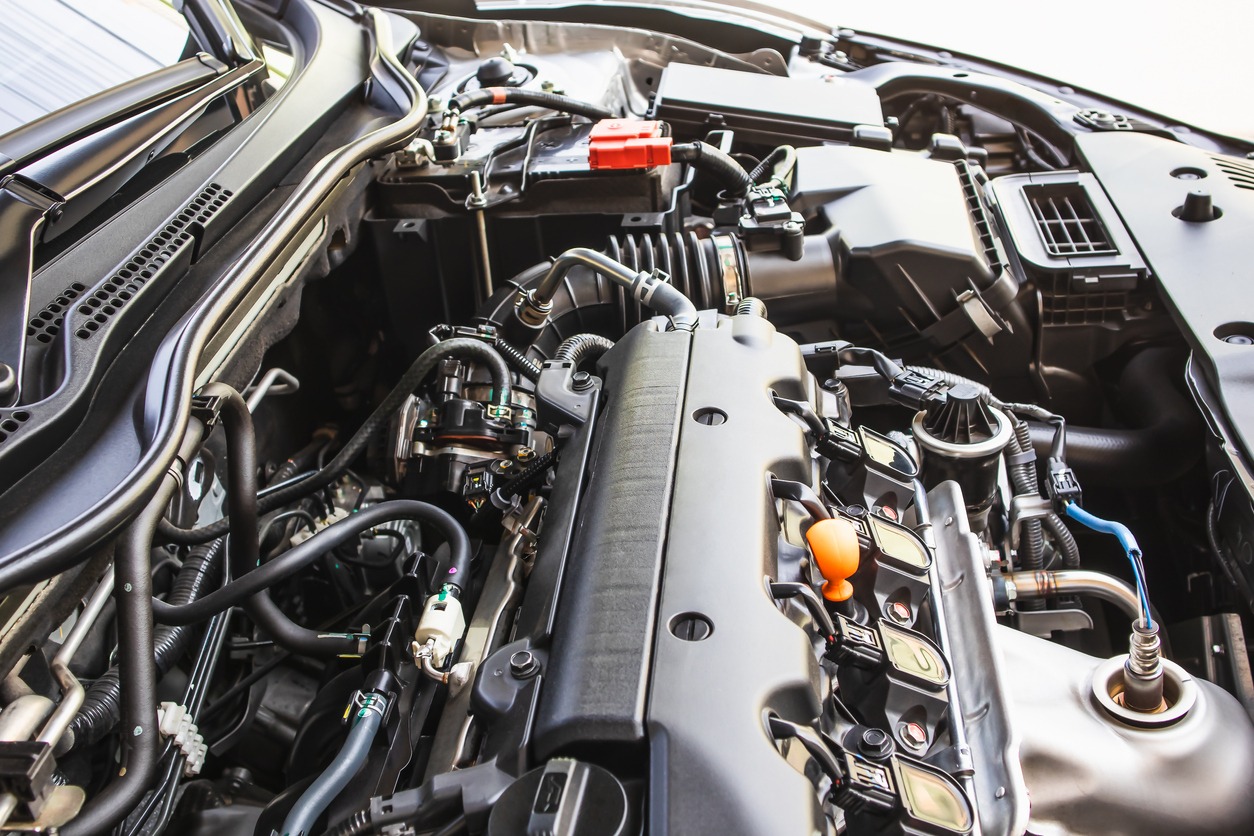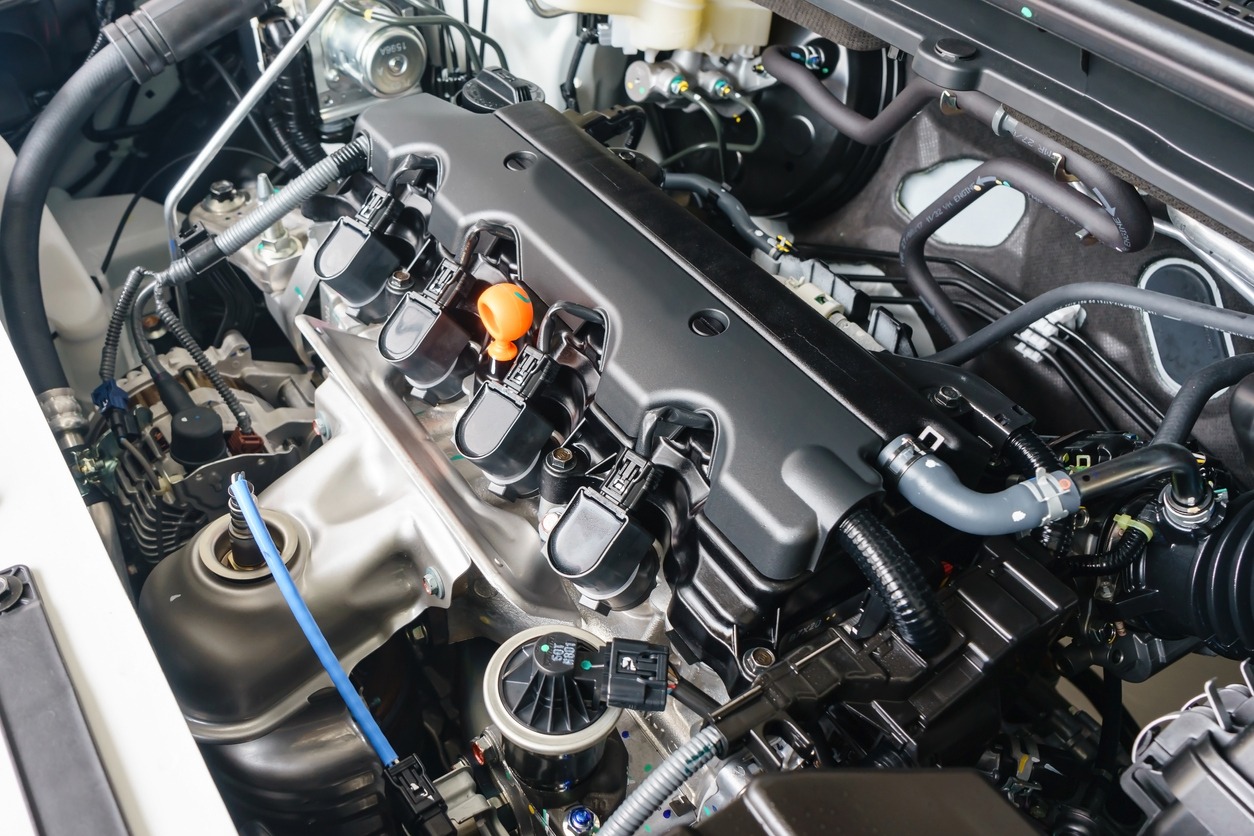Introduction
A gasoline engine is a sort of heat engine, specifically an internal combustion engine, that runs on gasoline. These engines are the most frequent means of propelling motor vehicles. While gasoline can power turbines, the term “gasoline engine” refers to piston-driven gasoline engines.
The world of internal combustion engines is vast and diverse, with various designs and configurations tailored to different applications. Among them, gasoline engines are the most widely used in automobiles.
Gasoline engines have been the driving force behind automobiles for over a century. These engines have evolved significantly, resulting in various types that cater to different needs, preferences, and environmental concerns. In this article, we will explore the four main types of gasoline engines, each with its unique characteristics and applications.
The four types of gasoline engine
Gasoline engines are classified into multiple types based on their application, fuel management mechanism, ignition, piston-and-cylinder or rotor configuration, strokes per cycle, cooling system, and valve type and placement.
They are discussed in the context of two primary engine types: piston-and-cylinder engines and rotary engines. In a piston-and-cylinder engine, the pressure created by gasoline combustion exerts a force on the head of a piston, causing it to move the length of the cylinder in a reciprocating, or back-and-forth, motion. This force pushes the piston away from the cylinder head and causes it to do work.
The rotary engine, often known as the Wankel engine, lacks traditional cylinders with reciprocating pistons. Instead, gas pressure works on rotor surfaces, forcing the rotor to turn and hence generate work.
Inline or Straight Engine- The inline or straight engine, also known as the inline-four (I4), is one of the most common types of gasoline engines. This engine configuration features four cylinders aligned in a single row, making it compact and efficient. Inline engines are known for their balance and simplicity, and they are widely used in a range of vehicles, from compact cars to larger sedans.
Key features of inline engines:
-
- Excellent fuel efficiency.
- Smooth and balanced operation.
- Compact design, suitable for front-wheel-drive vehicles.
- Cost-effective to manufacture and maintain.
- Commonly found in smaller vehicles due to space efficiency.
- Easy access for maintenance and repairs.
V-Shaped Engine
The V-shaped engine, often referred to as the V6 or V8 engine, is another popular type of gasoline engine. In a V-engine, the cylinders are arranged in two rows, forming a “V” shape when viewed from the front. V-engines are known for their power and performance and are commonly used in sports cars, SUVs, and pickup trucks. Allows for higher power outputs due to increased cylinder capacity. It offers a smoother operation compared to some other configurations.
Key features of V-shaped engines:
- Excellent power output and torque.
- Suitable for larger vehicles and applications that require high towing capacity.
- A balance between performance and fuel efficiency.
- Smooth operation due to the even firing order.
- Commonly found in high-performance and luxury vehicles.
Boxer Engine
The boxer engine, also known as the flat engine or horizontally opposed engine, features cylinders that are horizontally opposed to each other, creating a symmetrical design. This configuration is commonly associated with vehicles like the Subaru Impreza and Porsche 911. Boxer engines offer a unique combination of balance and a low center of gravity, making them popular in certain sports cars and all-wheel-drive vehicles.
Key features of boxer engines:
- Low center of gravity, improving stability and handling.
- Smooth operation and reduced vibration.
- Compact design, suitable for a wide range of vehicle sizes.
- Even distribution of weight, enhancing balance.
- Commonly used in performance and off-road vehicles.
- Typically features a lower profile, contributing to improved aerodynamics.
- Simplified cooling system design.
Rotary Engine
The rotary engine, also known as the Wankel engine, is a unique and less common type of gasoline engine. Felix Wankel, an expert in the construction of sealing mechanisms, envisioned up this engine, and trial units were manufactured and tested by a German corporation beginning in 1956.
Unlike traditional piston engines, rotary engines operate on a different principle, using rotating triangular rotors instead of pistons. This results in a compact and lightweight design that can produce a high power-to-weight ratio. Rotary engines are mostly associated with Mazda’s RX-series sports cars.
Key features of rotary engines:
- Compact and lightweight design.
- High power output relative to engine size.
- Smooth and high-revving operation.
- Fewer moving parts, reducing mechanical complexity.
- Less common and often found in sports cars.
- Smooth operation and high RPM capabilities.
Engine design and operation
The general structure of a gasoline engine is nearly entirely determined by its intended application. Other than the kind of cycle (two- or four-stroke), the fundamental structural difference between automobile, marine, stationary, and aviation engines is the facility for mounting.
When a clutch and gearbox are utilized, such as in vehicles, the engine is often of the unit-power-plant type, with a bell-shaped housing containing the flywheel and affixed to the back flange of the cylinder block integrated with, or attached to, the transmission gear case.
The clutch is built within the engine’s flywheel. In such engines, three-point suspension is used, which means that projections on each side of the bell housing connect into the vehicle side-frame members, and a central tubular extension in the center of the front end of the cylinder block attaches to the frame’s front cross member. This design allows for some flexing of the vehicle chassis without affecting the engine’s core structure.
Conclusion
Gasoline engines have come a long way since their inception, and the four main types discussed here each have their unique characteristics and applications. Whether you’re looking for fuel efficiency, high performance, or a distinctive driving experience, there’s a gasoline engine type to suit your needs.
As automotive technology continues to advance, we can expect further developments and innovations in these engine types, catering to a wide range of preferences and environmental concerns. Remember, when selecting an engine type, it’s important to consider factors like vehicle size, intended use, fuel efficiency, and power requirements. With the right choice, you can unlock the full potential of your vehicle.

